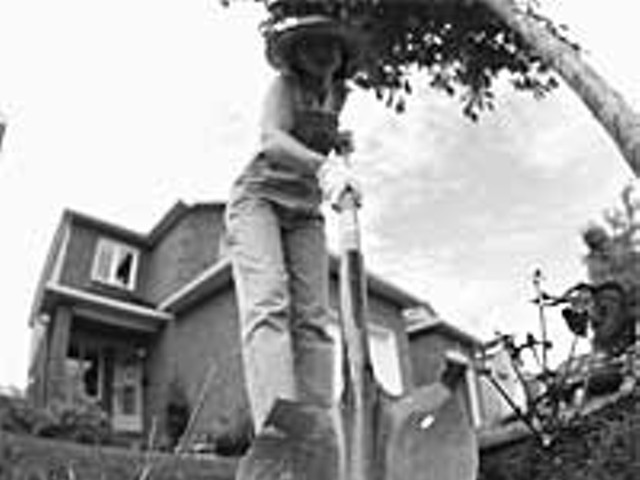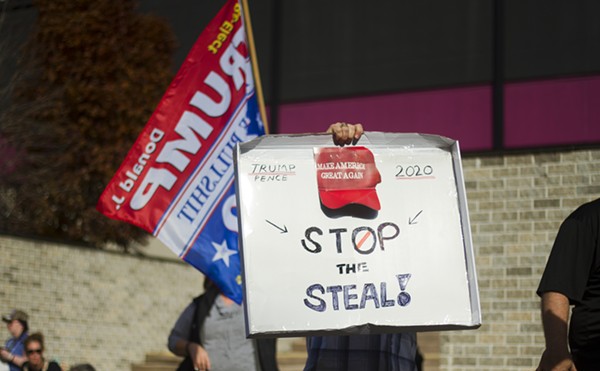Here are 10 of the most infamous in rough chronological order.
The James brothers
Frank and Jesse James started their lives of mayhem as raiders and murderers during the Civil War. They never saw much reason to stop after the proceedings at Appomattox Court House. The pair joined up with the Younger brothers to form one of America’s most famous outlaw gangs whose specialty was holding up trains and banks. Jesse drew an impressive $10,000 bounty on his head which Bob Ford collected when he shot a single bullet into the back of the outlaw’s head on April 3, 1882. Later that year, Frank surrendered, was tried for murder and acquitted. He died on the family farm in 1915.
The Dalton brothers
Emmett, Bob and Gratton Dalton emulated the careers of their older cousins, the Younger brothers. For almost two years in the 1890s the Daltons ravaged the West with a series of robberies of banks, trains and stagecoaches. Their coup de grace, the simultaneous holdup of two banks in Coffeyville, Kansas, in October 1892, went awry when they were recognized and reported to the law. In the ensuing gunfight, 12 men died, including Bob and Gratton Dalton. Emmett was shot twice, but survived. In what was essentially a lateral career move, he later became an adviser on the sets of Hollywood Westerns. He died in 1937.
Butch Cassidy
Robert LeRoy Parker, aka Butch Cassidy, became endeared to the American public for never committing a murder during a long career of robbing banks and trains. His gang, the Wild Bunch, lived their lives of crime during the last days of the Wild West. Cassidy moved to South America, tried to go straight, but the attraction of bank robbery overcame him. The central mystery of his life involves its end. One version has Cassidy and the Sundance Kid dying under a stream of bullets by Bolivian troops in 1908. Another claims that the two came back to the American West and lived out their lives peaceably under assumed identities.
George "Machine Gun" Kelly
Born in Tennessee in 1897, Kelly started his life of crime as a bootlegger. In lieu of a more traditional present, he was given a machine gun by his wife, Kathryn Thorne, who encouraged and abetted him in his criminal endeavors. Besides robbing banks, Kelly ran prohibition alcohol and became a notorious kidnapper. Early in the morning of September 26, 1933, FBI agents and local police raided a house in Memphis, Tennessee, apprehending Kelly, who for once was caught without his favorite weapon. On October 12, 1933, George and Kathryn Kelly were convicted and sentenced to life imprisonment. He died at the Federal Penitentiary in Leavenworth, Kansas, on July 17, 1954.
Bonnie and Clyde
Not necessarily the best and brightest of bank robbers, the 1967 megahit movie starring Warren Beatty and Faye Dunaway that bears their name gets them on this list. Bonnie Parker stood just under 5 feet tall and, by all indications, was a babe. Clyde Barrow was no heavyweight himself, at 5 feet, 7 inches and 130 pounds. The pair met in Texas in January of 1930 and began a two-year crime spree two years later with the help of Clyde’s brother Buck. Just before dawn on May 23, 1934 Bonnie and Clyde drove into a trap set by law enforcement agents from Louisiana and Texas near Sailes, Louisiana. When they tried to drive away, the posse opened fire and the two died quickly under a hail of bullets – just like in the movie.
John Dillinger
Dillenger rose from petty thief to the most notorious Depression-era criminal and Public Enemy Number 1 through a series of daring daylight bank robberies and bloody shootouts with authorities. He once escaped jail by fashioning a mock gun from a washboard. Dillinger died in a hail of bullets outside the Biograph Theater in Chicago in 1934 – probably. In their 1970 book "Dillinger Dead or Alive?" authors Jay Robert Nash and Ron Offen speculate that the dead man outside the Biograph was not Dillinger, but a double deployed in a setup by organized crime.
Charles Arthur "Pretty Boy" Floyd
Rising from a life of poverty in Oklahoma’s Dust Bowl, Floyd was among the most popular of bank robbers, earning the rep of a Depression-era Robin Hood. Among his most popular ploys were tearing up mortgages during the commission of a robbery and throwing bills from the getaway car while escaping. Floyd’s criminal escapades took him throughout the Midwest, including Michigan. Shortly after the fatal demise of John Dillinger, Floyd took on the title of Public Enemy No. 1. Although he was a documented killer, his popularity never waned until he was cornered in an Ohio cornfield and killed by FBI agents in 1934.
George "Baby Face" Nelson
No one ever called him "Baby Face" while he was in the same room. With his guns-blazing approach to bank robbery, Nelson was perhaps the most sociopathic of the felons on this list. When you get fired by the Capone organization for being too violent – as Nelson once did – you know it’s time to cut back on the caffeine. Starting in 1922 with an appetizer of auto theft that got him sent to reform school as a boy, Nelson soon moved to the main menu, claiming the title of Public Enemy Number 1. In 1934, Nelson and his gang laid out a plan to commit one robbery a day for a month. The ambitious schedule was rudely interrupted on Nov. 27 of that year when Nelson was mortally wounded in a gun battle with authorities. Baby Face escaped but died at 8 p.m. the following day.
Willie Sutton
The author of the most famous quote in bank robbery lore, Sutton claimed to have robbed more than $2 million from banks. He started his career in 1930 by knocking off a Manhattan bank robbery. He spent 33 years in prison, escaping twice and was famous for a 1970s credit card commercial. The title of his autobiography was, of course, "Where the Money Was." Sutton died on November 2, 1980, in Spring Hill, Fla., at the age of 79.
Patty Hearst
The granddaughter of publishing magnateWilliam Randolph Hearst brought the terms Symbionese Liberation Army and Field Marshall Cinque into the American lexicon in February of 1974 when she was kidnapped by the SLA. Hearst took the name Tania as a tribute to the wife of Che Guevara and toted a rifle while helping the gang hold up a San Francisco bank. At her trial, she claimed to be a victim of Stockholm Syndrome in which victims become sympathetic to their captors. She was convicted of the robbery and served 22 months before President Jimmy Carter commuted her sentence in 1979. She became a minor-league actress and author and was granted a pardon as President Bill Clinton was exiting the White House.
—T.S.





